Contact: +91 99725 24322 |
Menu
Menu
Quick summary: The problems faced by Seafood industry, one of the world’s first and largest commercial enterprises in the food industry are overfishing, illegal, unreported, unregulated (IUU) fishing, and bycatch. Emerging solutions in blockchain-based food traceability address these practices.
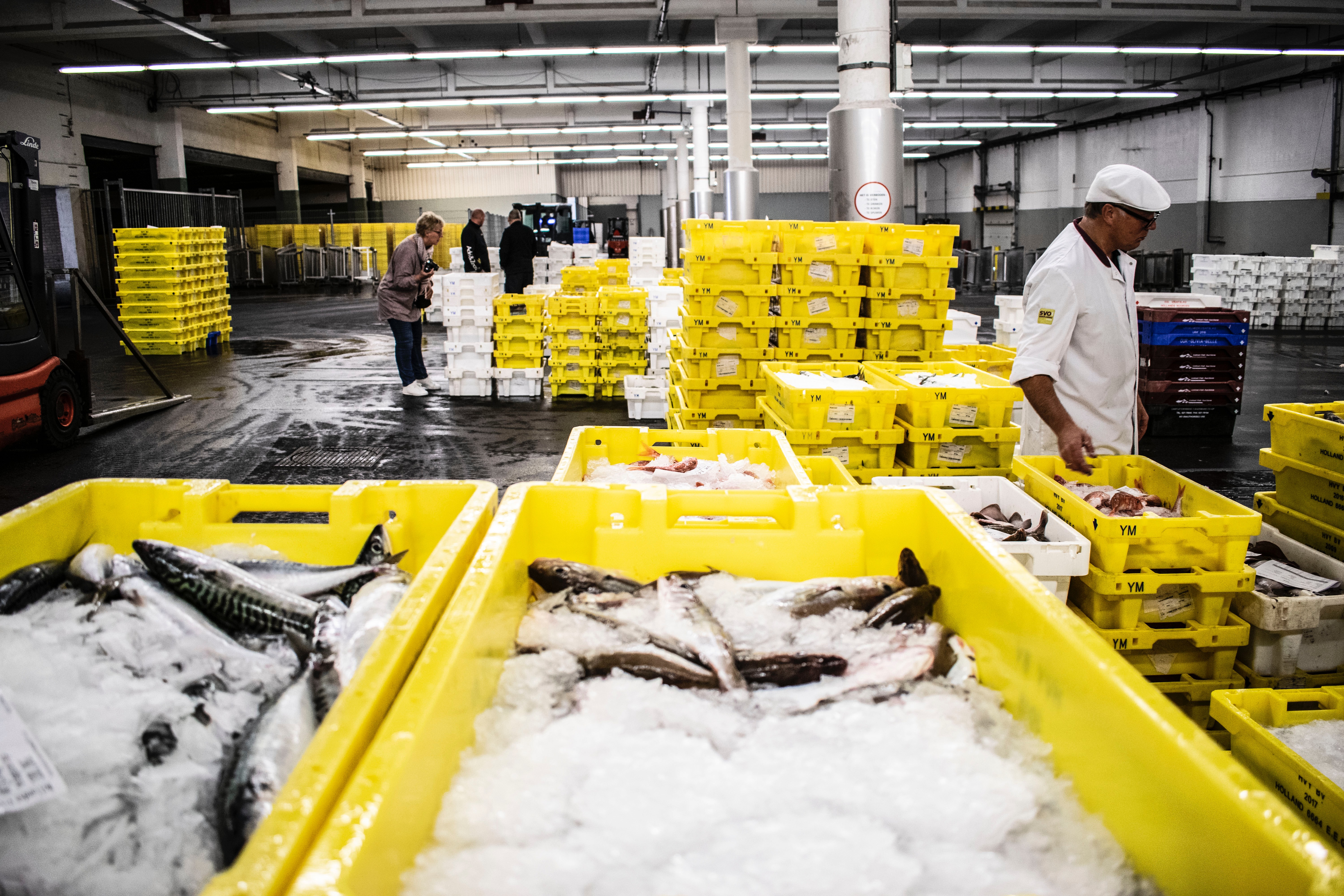
Seafood traceability – Within the food industry, seafood is one of the world’s first and largest commercial enterprises. From traditional open water fishing to inland aquaculture, it employs an estimated 200 million people worldwide and generates some $80 billion annually.
The problem faced by this industry is the three primary forms of malpractice: overfishing, illegal, unreported, and unregulated (IUU) fishing, and bycatch.
Emerging solutions headed by blockchain-based food traceability address these practices while offering the brands the opportunity to back up their claims on what happens behind their freezers.
Its use continues to spread globally, but in Asia, especially India, this technology offers a gateway to international markets and could be a game-changer.
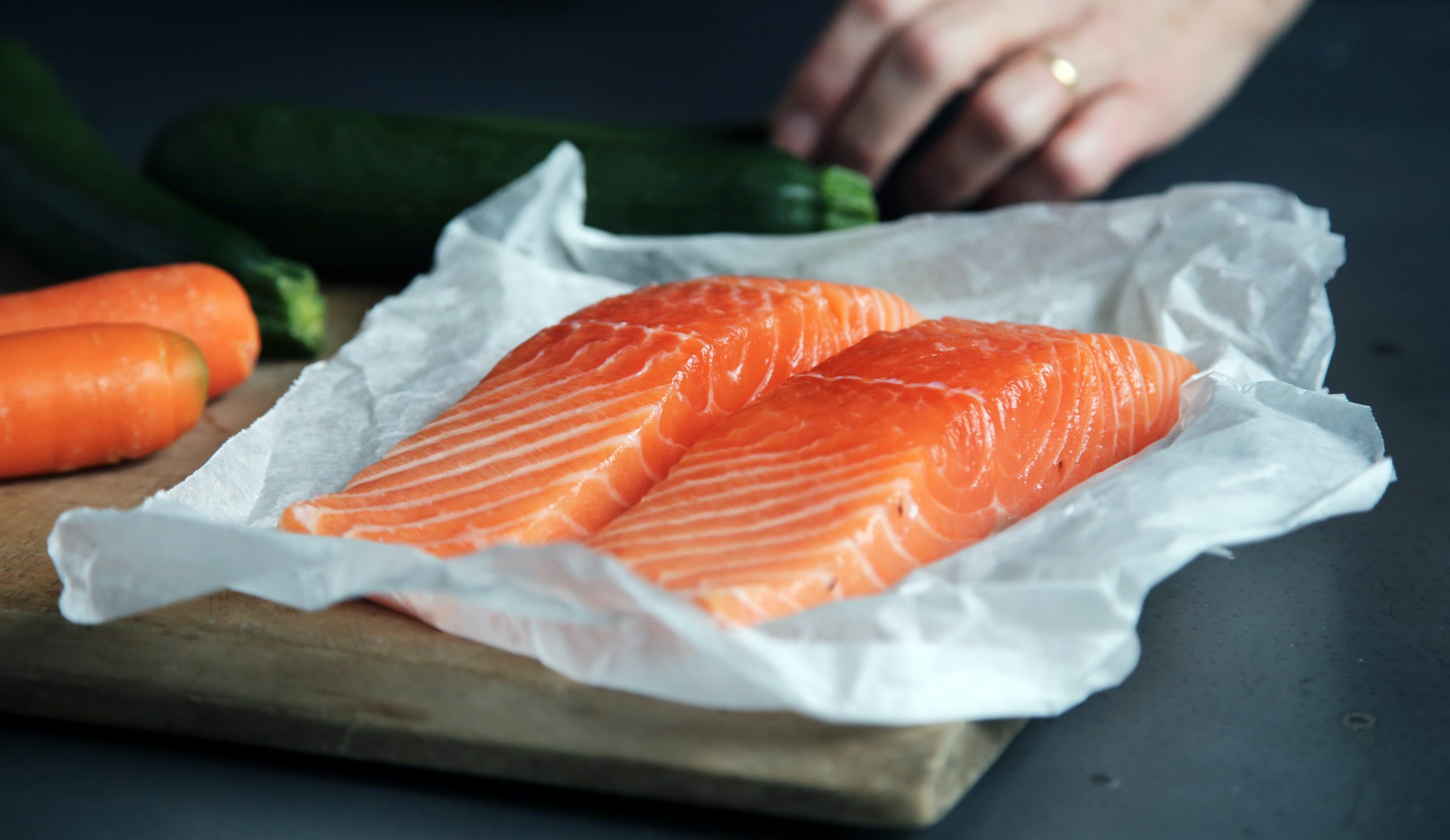
Seafood traceability is the ability to fully trace a product from the point of sale to its source. It is achieved through careful documentation, record-keeping, and appropriate handling protocols during processing, shipping, and receiving to ensure that the product is accurately traced.
In addition to being subject to the Codex Alimentarius, recognized by the World Trade Organization as the international reference for resolving food safety and consumer disputes, the seafood products are governed by these primary international standards and guidelines:
These international guidelines establish that all seafood products follow traceability throughout the processing, distribution, and marketing chain.
Until now, this process was paper-based, leading in many cases to data manipulation, unverifiable and obsolete information, and a general lack of transparency, which is why new forms of traceability, such as that based on blockchain technology, emerged with particular strength within the food sector.
Fishers record their catches on the blockchain network. The data they enter may include details such as the fish species, time and exact location of the trawler of the catch, the weight of the fish, the storage conditions, and the gear used to catch the fish
The recorded data will follow the fish throughout the seafood supply chain. At this point, blockchain, together with the Internet of Things (IoT), can connect the data from each trawler to the respective processors.
It allows real-time monitoring of the status of the seafood as it moves through the supply chain, making the entire process more transparent.
Anglers can attach a radio frequency identification (RFID) tag with a unique identification number. As the fish arrives at the processor, the label provides real-time information about the location, status, and the number of people who have handled the product during its journey.
Once it arrives on the store shelf, the consumer can track the journey simply by scanning a code on the package.
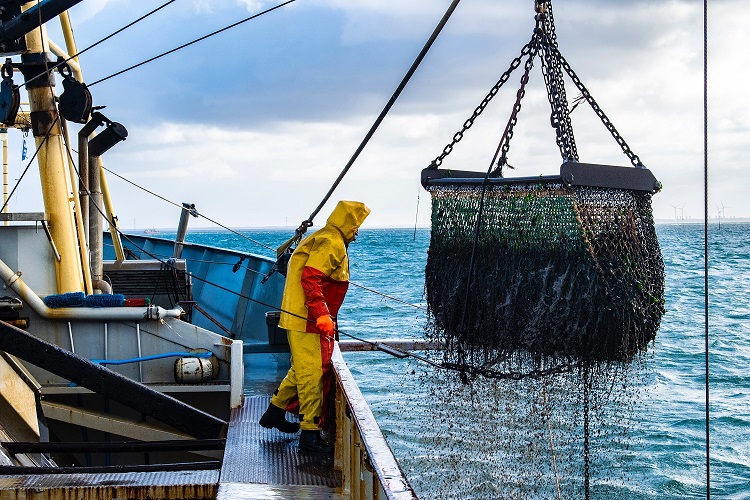
Vessel-level data is the most relevant information for resource management and determining a product’s sustainability and legality.
Ideally, information on how, by whom, and what was caught by each vessel on each trip should be recorded on paper or electronically and preferably at the closest level (time and place) of the catch.
However, there are still countries where anglers are not required to report their catches to the government or any entity in the supply chain, so records, if they exist, do not include relevant data, other than a record of total weight price sometimes species. This information, moreover, often gets lost somewhere further up the supply chain.
Until recently, suppliers were only obliged to provide detailed and accurate information if requested by customers or certifying bodies, so there is no proper record-keeping system in many cases.
These vessel-level data are critical to understanding the health of the fish population. They are the very source that can support future marketing claims by companies alleging to be operating sustainable fishing practices.
This refers to a product´s processing or alteration (on the same vessel or at the dock) before the first instance of data collection and can be done by:
Selective sorting: choosing from the original catch only specimens that meet specific characteristics (weight or size ), altering the information in the initial catch.
Specimen modification: removing meat from the shell to save space on the vessel or removing fillets from a fish before identifying its species.
In addition to frustrating sustainability efforts related to selective harvesting of species, this practice allows hidden illegal species (juveniles or endangered).
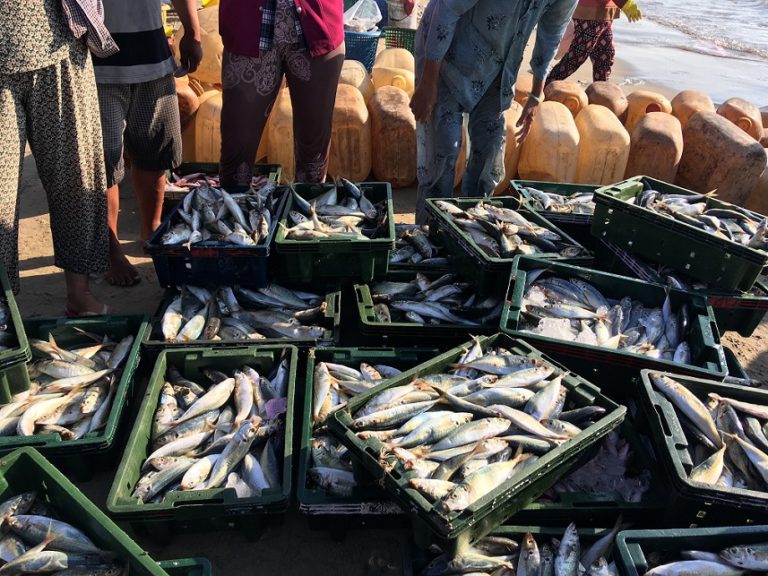
It is the mixing of products from different fishing events in a single volume. Due to limited space, it can occur at the beginning of the supply chain, on the vessel’s deck, or at the first receiver level.
This practice makes it impossible to differentiate the responsibly harvested products in the marketplace, as critical catch information is lost.
This refers to the lack of fisheries data collection, management, and analysis.
Data capture, whether by the industry, collected from fishers, or through independent methods, is essential to achieve traceable sustainable seafood and get the most benefit from each part of the processes involved in a supply chain.
Missing, incomplete, or altered data is a common practice in the fishing industry that prevents full accountability in the seafood supply chain, puts the reputation of companies and consumers’ health at risk, and can significantly undermine the industry’s sustainability.
In 2008 the EU adopted new fisheries regulations (1005,1224) specifically designed to address the IUU fishing problem. Both norms sought to ensure full traceability from the fishing net to the plate of all marine fishery products. The newest regulations imply that food business operators have to establish two types of links: a link “supplier-product” (which products are supplied from which suppliers); and a link “customer-product” (which products gave to which customers).
As a part of its Animal Disease Traceability requirements (2011), one of the latest developments in the United States regarding IUU fishing and traceability is the implementation of the Seafood Import Monitoring Program (SIMP), which establishes reporting and recordkeeping requirements for imports of certain seafood products.
This requires the importer of record to provide critical data—from the point of harvest to the end of entry into U.S. commerce— on thirteen imported fish and fish products identified as vulnerable to IUU fishing and seafood fraud.
The world’s largest deep-sea fishing fleet (with at least 2,900 vessels) has implemented mandatory traceability requirements for all imported seafood transported through the cold chain. Its latest Food Safety Law (2015) ) requires that all food companies establish a comprehensive traceability system. The seafood exporters should be vigilant in their processing procedures and the qualification of distributors, as both the exporter and the importer/distributor will be responsible for food safety.
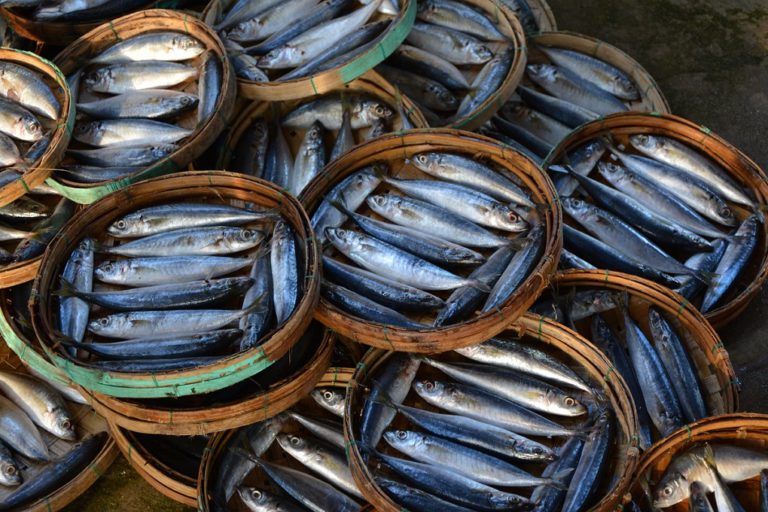
With more than eight thousand coastline kilometers and large water bodies, India is running towards gaining back its glorious past as a leading aquaculture producer.
Before the advent of the unorganized sector took place, raising safety concerns and concerns on unsustainable practices, India’s marine produce was one to watch for.
In the current scenario, through implementing regulatory bodies and the ability to adhere to global standards through increasing adoption of state-of-the-art seafood traceability, India’s past splendor in aquaculture is coming back and shows an encouraging picture. As reported by FAO (2016-17),
Globally, India stands fourth in fish production, after China, Indonesia, and the United States. In terms of aquaculture, India ranks third, after China and Indonesia. Fish and fishery goods are the leading groups of India’s agricultural exports, accounting for over 1 million tons or more than $5 million. Seafood products make up 10% of India’s total exports and almost 20% of all agricultural exports.
Intending to establish food security for its seafood supply chain, India is betting on blockchain-based traceability to boost its export value of fish and fishery products, which according to Statista, amounted to over 476 billion India rupees, In the fiscal year 2020.
Retailer companies such as Albertson´s Companies, Hannaford, Foodlion, Annova (US), Ahold Delhaize Group’s (The Netherlands), as well as private seafood companies like Thai Union group, High Liner Foods, and Chicken of the Sea, join the list of companies betting on traceability for their supply chains.
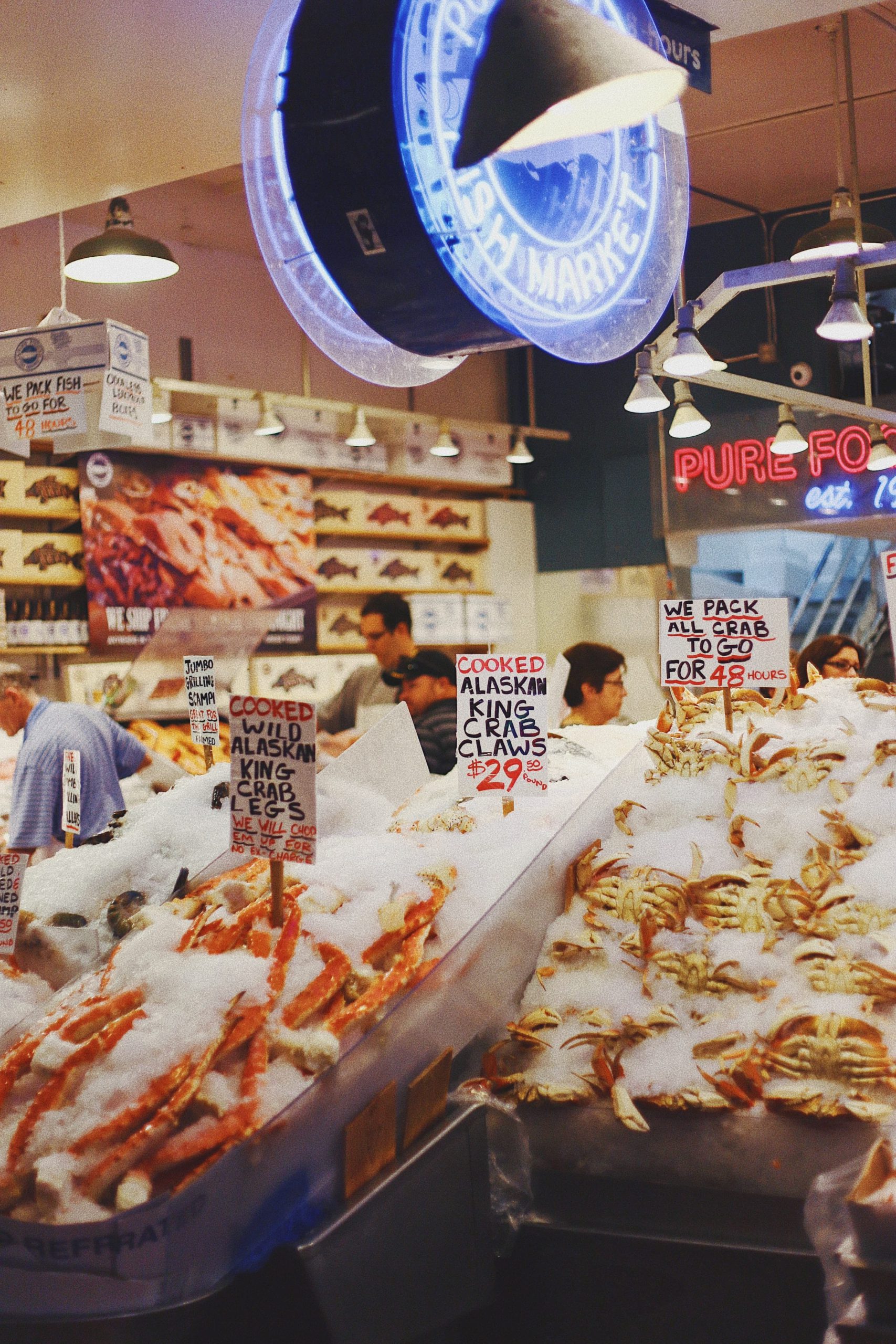
Alliances across these and other industry players have emerged to collaborate on improving social, economic, and environmental responsibility throughout the seafood supply chain.
Some of the most notorious are:
These alliances have proved an excellent start point to address emerging issues like the proper alignment on Key Data Elements (KDE) to be shared effectively across regions and enable interoperability between international markets. However, to get to that point and be part of that conversation, companies must first complete their digitization and make their supply chain fully traceable

As stated by FAO, If seafood is not fully traceable, it is not easy to recall a batch of the product when it is found to be unsafe for consumption, impossible to prove that it is legally sourced, accurately labeled, from sources that meet social and human rights standards, or that it complies with a company’s sustainable sourcing commitment.
Companies that lack proper traceability documentation and protocols throughout their supply chains run a legal and reputational risk.
However, the importance of traceability is not just about avoiding risk. Recent media attention to these issues creates an opportunity for companies with full traceability to actively promote the unique attributes of their products, such as compliance with social and fair trade standards and participation in fishery and aquaculture improvement projects.
Customer demand for traceable food products is high and ever-increasing. Consumers want to know what’s on their plate, from a whole ingredient breakdown to origin information. A recent Label Insight survey (2016) shows that 94% of respondents are more loyal to a brand that offers complete transparency.
Food traceability allows suppliers and their importers to record products and create saving reports that meet international requirements reliably. This, in turn, assures companies that the products they import, often from artisanal fisheries, are compliant and will not be rejected.
Thanks to digital traceability, the origin of recalled products can be easily traced as specific containers can be traced through printed labels, resulting in fewer product rejects and waste.
Significantly minimizing the human error linked to the old paper-based system increases the pace and accuracy of data capture, inventory matching, and business estimates, saving time in production, receiving, and packaging. Traceability technology enables users to manage production, inventory, and transaction data at every stage of the process to improve operations in processing plants and throughout the supply chain. According to Planet´s Track research,
Seafood traceability would empower the $140 billion seafood processing sector, and a key source of traceability gaps, to double its EBIT margin, which currently stands at a meager three percent. Traceability could improve recall rates, product waste and reduce legal costs, enabling a potential margin gain of approximately three percent for the typical seafood processor.
The TraceX seafood traceability solution helps seafood companies leap full-scale traceability. In doing so, it not only helps establish positive corporate social responsibility but also commits to the conservation of fisheries, the ecosystem, and fairer and more equitable supply chains for all seafood stakeholders

Copyright © 2021 Blockchain for Food Safety, Traceability and Supplychain Transparency
We use cookies on our website to give you the most relevant experience by remembering your preferences and repeat visits. By clicking “Accept All”, you consent to the use of ALL the cookies. However, you may visit "Cookie Settings" to provide a controlled consent.
| Cookie | Duration | Description |
|---|---|---|
| cookielawinfo-checkbox-analytics | 11 months | This cookie is set by GDPR Cookie Consent plugin. The cookie is used to store the user consent for the cookies in the category "Analytics". |
| cookielawinfo-checkbox-functional | 11 months | The cookie is set by GDPR cookie consent to record the user consent for the cookies in the category "Functional". |
| cookielawinfo-checkbox-necessary | 11 months | This cookie is set by GDPR Cookie Consent plugin. The cookies is used to store the user consent for the cookies in the category "Necessary". |
| cookielawinfo-checkbox-others | 11 months | This cookie is set by GDPR Cookie Consent plugin. The cookie is used to store the user consent for the cookies in the category "Other. |
| cookielawinfo-checkbox-performance | 11 months | This cookie is set by GDPR Cookie Consent plugin. The cookie is used to store the user consent for the cookies in the category "Performance". |
| viewed_cookie_policy | 11 months | The cookie is set by the GDPR Cookie Consent plugin and is used to store whether or not user has consented to the use of cookies. It does not store any personal data. |